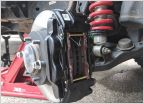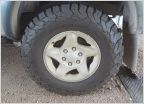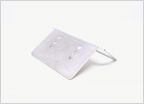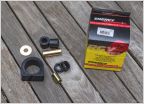-
Welcome to Tacoma World!
You are currently viewing as a guest! To get full-access, you need to register for a FREE account.
As a registered member, you’ll be able to:- Participate in all Tacoma discussion topics
- Communicate privately with other Tacoma owners from around the world
- Post your own photos in our Members Gallery
- Access all special features of the site
Towing upgrade
Discussion in '1st Gen. Tacomas (1995-2004)' started by Yawehh, Feb 8, 2016.
Page 2 of 2
Page 2 of 2


 RUST treatment, repair, converter, inhibitor
RUST treatment, repair, converter, inhibitor While I'm at it, should I do more?
While I'm at it, should I do more? Wheel Locks?
Wheel Locks? Front Lower Ball joint Part number needed.
Front Lower Ball joint Part number needed. 2001 Toyota Tacoma OBD II compliant?
2001 Toyota Tacoma OBD II compliant? How-To: Steering Rack Bushing Replacement on a 1st Gen Tacoma
How-To: Steering Rack Bushing Replacement on a 1st Gen Tacoma











































































